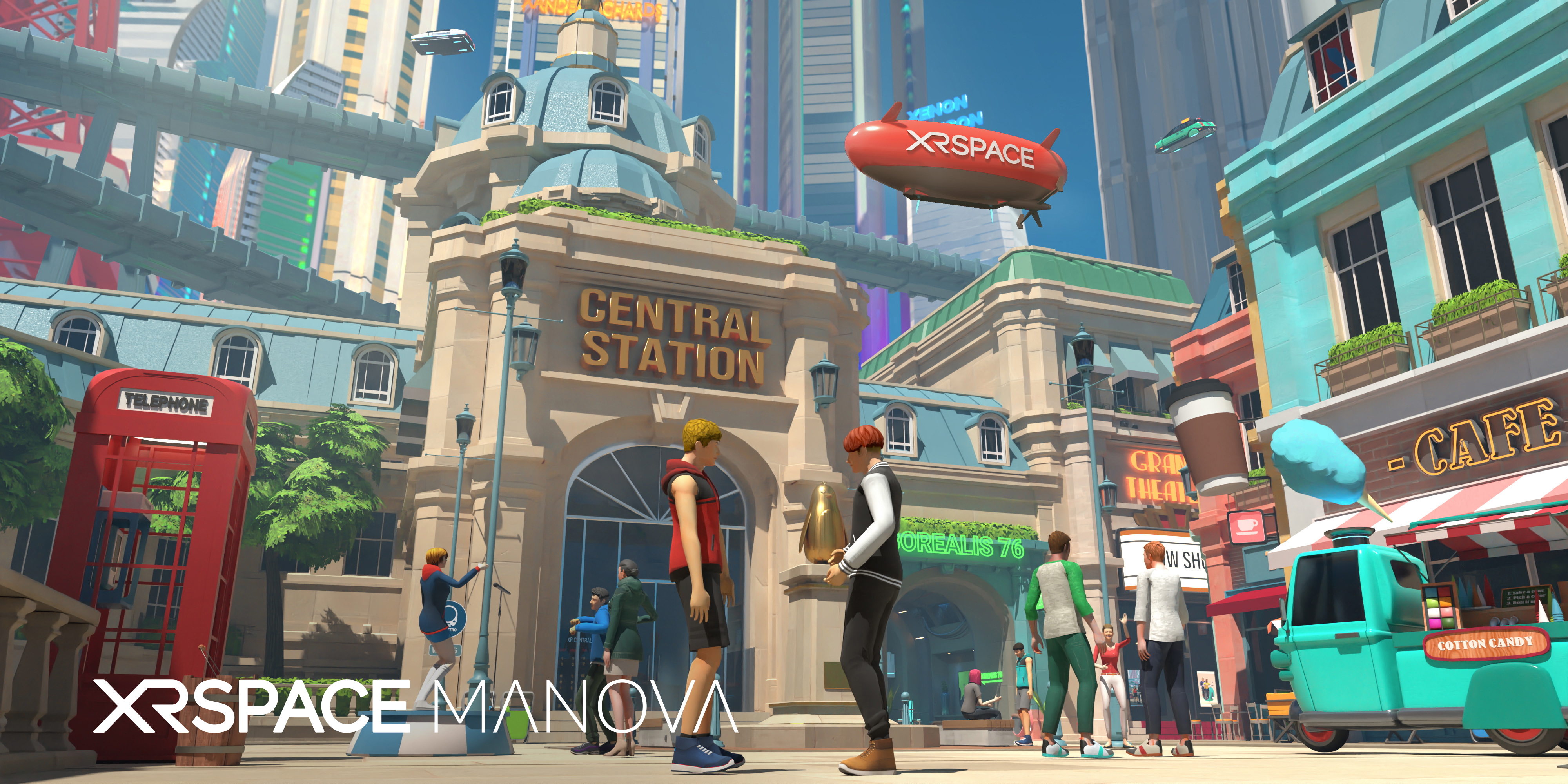Mova Standalone VR Headset Promises Out-of-Box Hand Tracking, 5G
HTC’s former CEO Peter Chou is coming back to the VR market this year with a new attempt at making the best VR headset. The XRSpace Mova, however, is more akin to the Oculus Quest than an HTC Vive headset, due to its standalone form factor that doesn't require tethering to any PC or smartphone.
Set to ship in the third quarter of this year, the Mova is something like a suped up Oculus Quest. Like Oculus' standalone HMD, the Mova doesn't require external base stations for tracking. Instead, the Mova hast two cameras on its front to track both a users’ hands and their movement right out of the box.

The Mova comes with built-in 5G support annd runs aa Qualcomm Snapdragon 845 processor, which runs at a clock speed 2.8 GHz, compared to the Quest’s 2.45 GHz Snapdragon 835 CPU.
Those who want something solid to hold onto can buy physical controllers for the Mova. You can also add external tracking sensors, which XRSpace compares to the HTC Vive Tracker.
Manova
At $599, the Mova is $100 more expensive than the highest-model Oculus Quest, and even though it comes with hand-tracking out of the box, the Quest’s experimental hand-tracking feature just recently left beta and is now free for third-party developers to add to their apps. So, aside from a more powerful processor, what does the Mova offer that’s new?
Well, remember Playstation Home? Second Life? That one episode of Futurama where they visit the internet? Think of those, but in VR. Called Manova, the Mova will ship with an “expansive virtual world” with selfie-generated avatars, private homes/hangout areas, public city centers, virtual conference rooms and an area called MagicLohas that focuses on “wellness exercises and activities.”

This isn’t entirely unheard of. Second Life creator Linden Labs once tried the same thing with Sansar, a similar VR world that the company ended up selling off when it failed to generate revenue. But Chou thinks that Manova is different.
“I think the difference is they designed those things based on the PC first and then they tried to put it on VR,” he said, as per The Verge. “They don’t have a good digital avatar and they don’t have a holistic consideration of the mass-market consumer using it.”
Get Tom's Hardware's best news and in-depth reviews, straight to your inbox.
That’s a pretty vague statement, and it doesn’t help that the Mova’s third-party app partnerships only promise standard fare, like the Getty Images VR Viewer or Angry Birds VR: Isle of Pigs. Meanwhile, the Quest has killer apps, like Vader Immortal and Beat Saber.
With hand tracking included from the get-go as the primary control mechanism, though, it’s possible that the Mova’s library will grow to include unique experiences that competitors might not be able to offer.
XRSpace hasn't mentioned to plans to allow the Mova to link to a PC like the Quest can with Oculus Link.
The Mova is an ambitious headset that’s banking a lot of appeal on a VR world and 5G support, even as many users remain in homes with Wi-Fi and other VR worlds flop. Still, with the pandemic forcing people to find new ways to congregate online, maybe the Mova is launching at exactly the right time.
Michelle Ehrhardt is an editor at Tom's Hardware. She's been following tech since her family got a Gateway running Windows 95, and is now on her third custom-built system. Her work has been published in publications like Paste, The Atlantic, and Kill Screen, just to name a few. She also holds a master's degree in game design from NYU.
